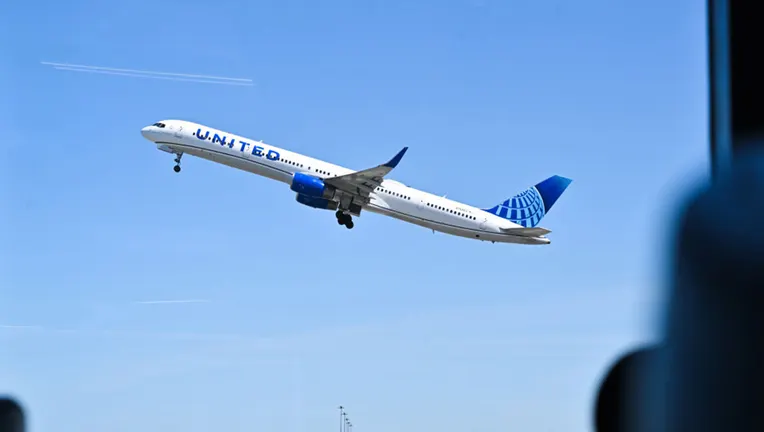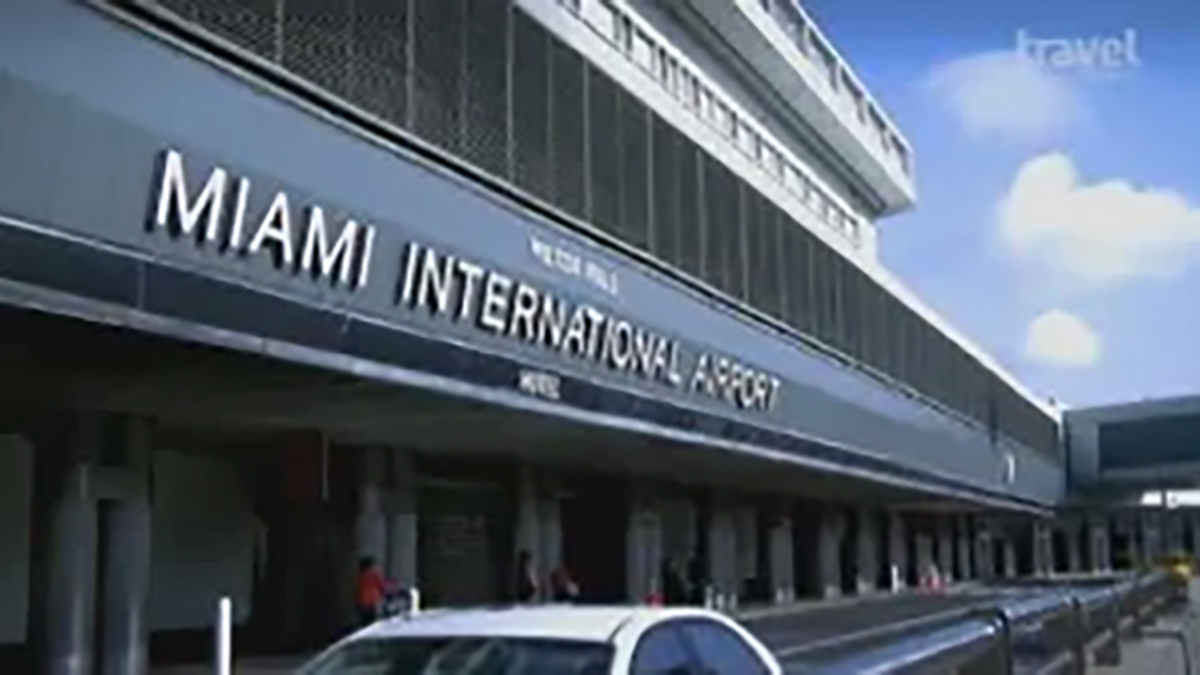The trouble began shortly after United Flight 2664 departed San Francisco International Airport at 9:47 a.m. on Tuesday, en route to BWI Marshall Airport in Baltimore. According to flight tracking data, the Boeing 737-MAX-9 had been airborne for roughly an hour when the crew detected a concerning plastic burning smell in the cabin. By 11:07 a.m., the plane was back on the ground at SFO, having safely returned to address the issue. The decision to turn back was swift, prioritizing the safety of the 164 passengers and eight crew members onboard.

The unexpected return disrupted the flight’s schedule, which had been set to arrive in Baltimore at 5:31 p.m. that afternoon. Passengers, though rattled by the experience, deplaned normally at the gate, and United Airlines promptly began arranging alternative travel options. The incident, while not resulting in any reported injuries, left travelers and aviation observers alike wondering about the cause of the troubling odor.
The Smell That Sparked Concern
The plastic burning smell reported by the crew was alarming enough to warrant immediate action. Such odors in an aircraft cabin can signal a range of issues, from minor electrical malfunctions to more serious mechanical problems. In this case, United Airlines confirmed that the flight returned to San Francisco specifically to address this smell, though the exact source remained under investigation at the time of the incident.
Aviation experts note that burning smells, particularly those described as plastic-like, can sometimes stem from overheated wiring, malfunctioning cabin air systems, or other equipment issues. The crew’s quick response to the odor reflects standard safety protocols, which prioritize returning to the nearest suitable airport when potential hazards are detected. For passengers, the smell was likely a jarring reminder of the complexities of modern air travel, where even minor anomalies can lead to significant disruptions.
United’s Response and Passenger Impact
United Airlines acted decisively to manage the situation, issuing a statement to clarify the reason for the flight’s return. “United Flight 2664 safely returned to San Francisco to address a plastic burning smell in the cabin,” the airline said. “Customers deplaned normally at the gate, and we’ve arranged for a different aircraft to take them to their destination.” The airline also apologized for the delay caused by the unforeseen issue, emphasizing their commitment to minimizing disruption.
For the passengers, the incident meant a delay of several hours. The flight, originally scheduled to depart San Francisco at 9:10 a.m., was rescheduled to depart at 1 p.m. with a replacement aircraft. This adjustment allowed United to ensure the safety of the new plane before continuing the journey to Baltimore. While no injuries were reported, the experience likely left travelers anxious, as midair turnarounds are rare and often unsettling.
Safety Protocols in Action
The safe return of Flight 2664 highlights the aviation industry’s stringent safety measures. When a potential issue like a burning smell is detected, pilots and crew follow established protocols to assess and respond. In this case, the decision to return to SFO rather than continue to Baltimore or divert to another airport reflects a calculated choice to address the issue at the point of origin, where maintenance teams and resources were readily available.
The Boeing 737-MAX-9, a modern aircraft with advanced systems, is designed to handle such contingencies, and the crew’s training ensured a smooth landing. However, incidents like this often prompt thorough inspections to identify the root cause. United Airlines has not yet released details about the findings of their maintenance checks, but the plane was likely grounded for a comprehensive evaluation to prevent future occurrences.
Broader Context: Aviation Safety and Public Trust
This incident comes at a time when aviation safety is under scrutiny, with recent high-profile incidents raising public awareness of aircraft reliability. Just days earlier, another United Airlines plane at SFO struck the tail of a parked aircraft, and other carriers have reported similar midair concerns involving odors or mechanical issues. While unrelated, these events fuel discussions about the robustness of safety checks and the aging infrastructure of some aircraft fleets.
For passengers on Flight 2664, the safe outcome was a testament to the effectiveness of aviation safety protocols, but it also underscored the unpredictability of air travel. The incident may prompt renewed calls for transparency from airlines about the causes of such disruptions and the steps taken to prevent them. As air travel continues to rebound post-pandemic, maintaining public trust in the safety of flights remains paramount.
Looking Ahead: Investigation and Prevention
As United Airlines works to pinpoint the cause of the plastic burning smell, the incident will likely be reviewed by both the airline’s internal safety teams and regulatory bodies like the Federal Aviation Administration. Identifying whether the issue stemmed from a specific component, such as the cabin air compressor or electrical systems, will be critical to preventing future incidents. Past cases, like similar odor-related diversions, have sometimes pointed to issues with air circulation systems or minor electrical faults, which are typically resolved through maintenance.
For the affected passengers, the focus shifts to completing their journey, albeit delayed. United’s promise to provide a different aircraft reflects their commitment to resuming service quickly, but the broader implications of the incident linger. The aviation industry continually evolves to address such challenges, balancing efficiency with the paramount need for safety. In the meantime, travelers are reminded to stay alert and report any unusual observations during flights, as their vigilance can play a crucial role in ensuring everyone’s safety.
This unsettling episode in the skies above San Francisco serves as a reminder of the delicate balance between technology, human oversight, and rapid response in modern aviation. While the passengers of Flight 2664 are now safely on their way, the incident leaves a lingering question: what caused that troubling smell, and how can such scares be avoided in the future?





